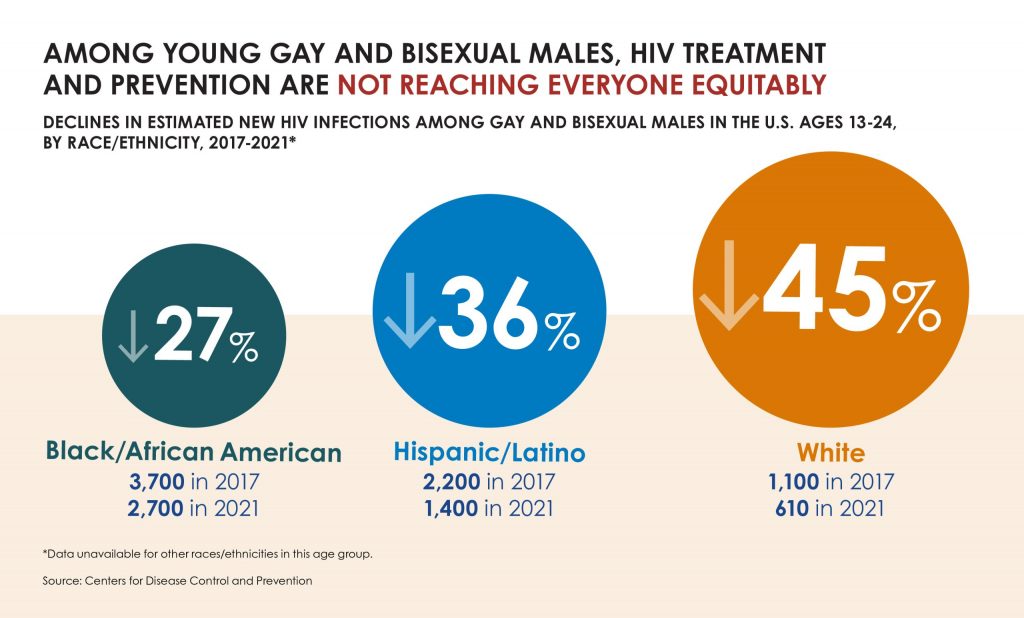Can I Get an STI from Kissing?

You can get STIs from kissing, but most experts would tell you that kissing—even passionate kissing with tongue—is a pretty safe sexual behavior.
NGU, or Nongonoccocal Urethritis

Nongonococcal urethritis—or NGU—is an infection of the urethra caused by germs other than gonorrhea. The most common cause is chlamydia.
Understanding Syphilis and How to Prevent It

Syphilis can be treated more easily if it is caught early. But undiagnosed and untreated syphilis can be dangerous. It can cause irreversible health damage and even death.
Young Men Who Have Sex With Men Lead Progress in HIV Prevention and Treatment, But Disparities Still Exist

While CDC reported a decline in overall new HIV infections, disparities in HIV prevention and treatment remain.
April is STI Awareness Month

This April, in honor of STI Awareness Month, take some time to learn about sexually transmitted infections (STIs)—and how to prevent them and take care of your sexual health.
Drug-Resistant Shigellosis Cases Are Rising—What You Need to Know

The bacterial infection can be transmitted sexually and there have been a number of outbreaks among men who have sex with men.
Chlamydia: A Common and Curable Infection

Chlamydia: A Common and Curable Infection Chlamydia is a common and curable infection caused by the bacteria chlamydia trachomatis. It is the most common reportable STI in the U.S. In 2022, there were about 1.6 million cases reported. Chlamydia can cured with antibiotic treatment, but if left untreated it can lead to complications such as […]
MGen: The STI You’ve (Probably) Never Heard Of

Mgen: The STI You’ve (Probably) Never Heard of First identified in 1981. Thought to be more common than gonorrhea. May increase the risk for contracting HIV, if exposed. It has been associated with urethritis in men and linked to cervicitis and pelvic inflammatory disease in women. In one study of young men and women, it […]
Human Papillomavirus (HPV)—Understanding this Common Infection

There are over 100 different types of human papillomavirus, or HPV. Some types of HPV can cause genital warts and other types can cause cancer, including cancer of the cervix, vulva, vagina, penis or anus, as well as cancer in the back of the throat.
Trichomoniasis (a.k.a. “Trich)

With roughly two million cases in the U.S., trichomoniasis (“trich”) is the most common STI you’ve never heard of. Learn more about this common STI in our four-part expert series.